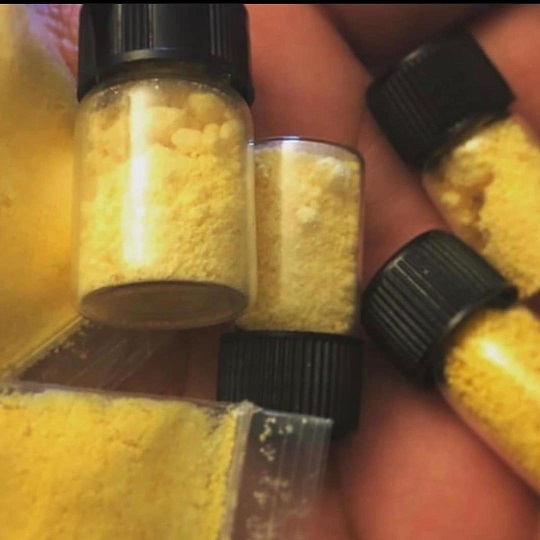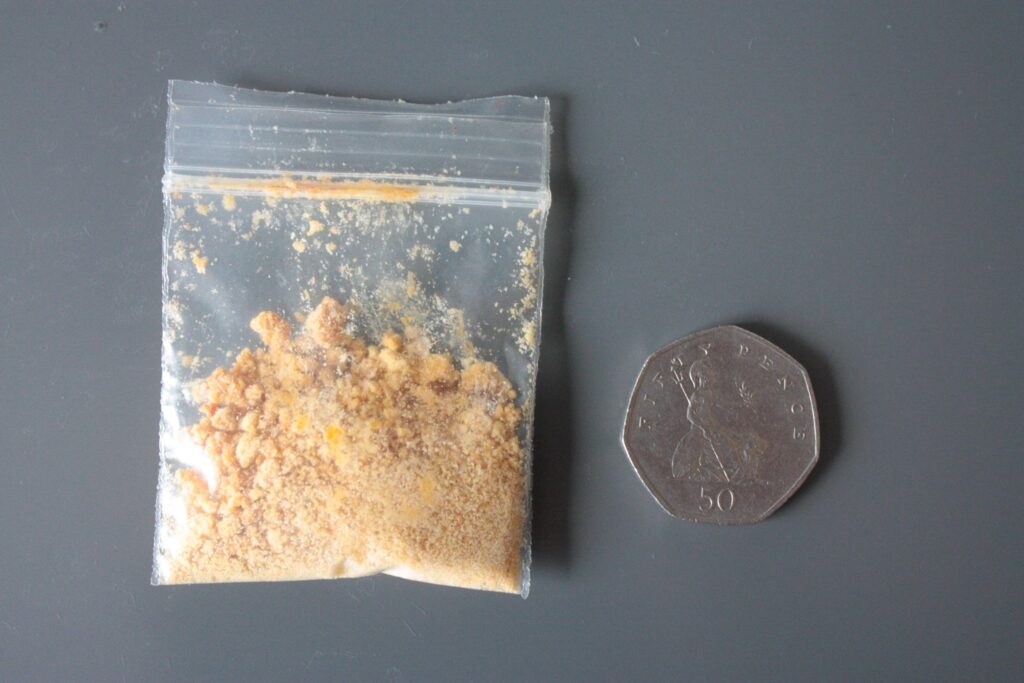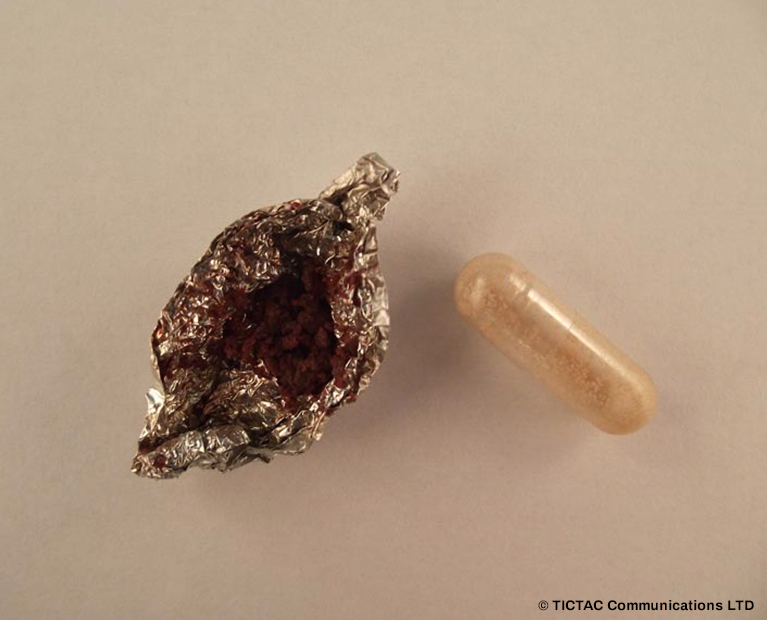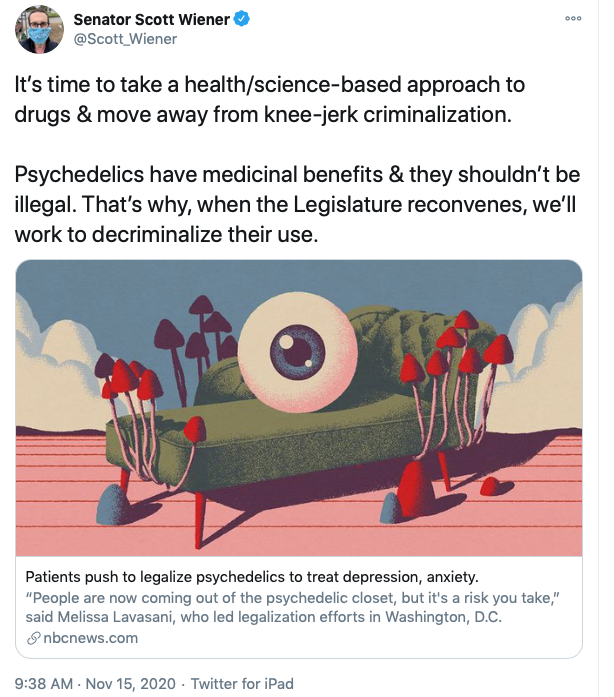THE LEGALITY OF DMT IN CALIFORNIA
Is DMT legal in the US?
Yes it is illegal. The manufacturing is extremely illegal. It is created using legal things, but having them with intent for human consumption is illegal.
California has been at the forefront of psychedelic policy change for years. In 2019, the City of Oakland became “the first in the nation to decriminalize a wide range of psychedelics such as psilocybin mushrooms and ayahuasca.” Similarly, in early 2020, city leaders in Santa Cruz unanimously agreed to “decriminalize the adult use, possession, and cultivation of entheogenic psychoactive plants and fungi.”
In late 2020, State Senator Scott Wiener tweeted, “It’s time to take a health/science based approach to drugs & move away from knee-jerk criminalization. Psychedelics have medicinal benefits & they shouldn’t be illegal. That’s why, when the Legislature reconvenes, we’ll work to decriminalize their use.”
Senator Wiener’s tweet linked to a news article which discusses increasing numbers of patients and therapists coming out of the psychedelic closet and using substances such as ayahuasca.
The primary active ingredient in ayahuasca is N,N-Dimethyltryptamine (DMT), dubbed “The Spirit Molecule” by psychedelic researcher Dr. Rick Strassman.
The question remains: how illegal is DMT under California law? Is there a viable medical defense? What about a religious defense?
Under California law, DMT is classified as a Schedule I hallucinogenic controlled substance.

California Health & Safety Code Section 11054, subdivision (d)(10). There is no medical or religious exception in the statutes.
Because DMT is classified as a Schedule I hallucinogenic controlled substance pursuant to Health and Safety Code Section 11054, subdivision (d)(10), any “material, compound, mixture, or preparation” containing DMT is subject to prosecution under California’s Uniform Controlled Substances Act.
In particular, Health and Safety Code Section 11377 forbids the possession for personal use of any “material, compound, mixture, or preparation” containing DMT, which ordinarily is classified as a misdemeanor punishable by up to one year in the county jail unless the person has certain aggravating “priors.”
Pursuant to Proposition 36, anyone charged with personal use, possession for personal use, or transportation for personal use of a controlled substance, may qualify for drug treatment instead of jail. The court must grant probation as an alternative to incarceration to qualifying defendants convicted of “nonviolent drug possession offenses,” as defined in Penal Code § 1210(a). Penal Code § 1210.1(a). Courts must impose, as a condition of probation, completion of a drug treatment program not to exceed 12 months, with optional aftercare of up to six months. The court may also require that the defendant participate in vocational training, family counseling, literacy training, and/or community service. Penal Code § 1210.1(a). Qualifying defendants must consent to participate in a drug treatment program, must be amenable to treatment, and must not otherwise be excluded from participation under Penal Code § 1210.1(b).
The scope of Proposition 36 is narrow and does not apply to sales-related offenses. For example, Health and Safety Code Section 11378 forbids the possession for sale of any “material, compound, mixture, or preparation” containing DMT. The crime is classified as a non-reducible felony subject to sentencing pursuant to Penal Code Section 1170(h), which generally means up to three years in the county jail.
Moreover, Health and Safety Code Section 11379 forbids numerous activities as felonies which are generally punishable by up to four years in the county jail. Thus, anyone who “transports, imports into this state, sells, furnishes, administers, or gives away, or offers to transport, import into this state, sell, furnish, administer, or give away, or attempts to import into this state or transport” certain specified controlled substances (including any “material, compound, mixture, or preparation” containing DMT) faces substantial criminal exposure for conduct which constitutes a non-reducible felony under California law.

Additionally, subdivision (b) increases the criminal exposure to nine years for any person who transports controlled substances “within this state from one county to another noncontiguous county.”
This means, for example, that if a person were to transport for sale from one county to another any “material, compound, mixture, or preparation” containing DMT, and the counties are contiguous (meaning adjacent), the criminal exposure is a maximum of four years; however, if the counties are not contiguous (meaning the person travels through a total of three or more counties) the criminal exposure increases to a maximum of nine years in the county jail.
The case law interpreting Health and Safety Code Section 11379 is draconian. For example, in People v. Patterson (1999) 72 Cal.App.4th 438, the Third Appellate District of the California Court of Appeal held that, in order to prove the offense of transportation of a controlled substance for sale between noncontiguous counties, the prosecution did not have to prove that defendant intended to facilitate the sale of the drug in the noncontiguous county. The Court of Appeal rejected the defendant’s construction of the statute, which would “place an onerous burden upon law enforcement to identify the county in which a defendant who is transporting illegal drugs intends to sell them.” 72 Cal.App.4th at 445.
Let us consider the following thought experiment. A person travels by car from Los Angeles to Santa Barbara to sell a few dozen DMT vape pens. The vehicle is pulled over for speeding on 101 near Montecito. The driver is nervous, and the officer starts asking lots of questions. The person panics and blurts a confession: they were transporting DMT vape pens from Los Angeles to Santa Barbara to sell at cost .
Because the County of Los Angeles is not contiguous with the County of Santa Barbara (one has to travel through Ventura County), such transportation for sale would constitute a non-reducible felony punishable by three, six, or nine years in the county jail, depending on the circumstances. It makes no difference that the person intended to sell the DMT vape pens at cost; the law does not require that the seller intend to make a profit, only that the seller intend to make a sale.
Could there be a viable medical defense? Possibly, if one can establish medical necessity by showing that the person has no adequate alternatives to the charged conduct. Realistically, it would be an uphill battle given that criminal courts tend to be skeptical of the medical necessity defense. For example, in People v. Trippett (1997) 56 Cal.App.4th 1532, the California Court of Appeal affirmed the trial court’s rejection of the medical necessity jury instruction requested by legendary activist Pebbles Trippet, reasoning that she was not entitled to a medical cannabis necessity defense because she failed to establish that she had no adequate alternatives as she could have taken prescription Marinol instead. On the other hand, one can imagine a situation where a Court would allow a medical necessity defense for a terminally ill patient who is self-medicating with DMT for depression after exhausting all other treatment options, as long as the circumstances show that the DMT is intended solely for personal medical use.
What about a religious defense? Notably, the United States Supreme Court in Gonzales v. O Centro Espírita Beneficente União do Vegetal (2006) 546 U.S. 418, held that, under the federal Religious Freedom Restoration Act, the federal government failed to establish a compelling interest in prosecuting religious adherents for taking a sacramental ayahuasca tea containing a Schedule I controlled substance, and allowed the importation of hoasca tea containing DMT from Brazil.
Unfortunately, the United States Supreme Court in City of Boerne v. Flores (1997) 521 U.S. 507, had previously held that the Religious Freedom Restoration Act could not be constitutionally applied to state and local governments. This means that the federal Religious Freedom Restoration Act is of little help in the California courts.
As one can also read in the Trippett decision, California criminal courts tend to be skeptical of the religious defense and treat such claims dismissively. Absent express statutory protections, the religious defense is challenging given United States Supreme Court precedent such as Employment Division v. Smith, which held that the First Amendment does not require states to accommodate illegal acts performed in pursuit of religious beliefs, and City of Boerne v. Flores, which struck down the federal Religious Freedom Restoration Act as it applies to the states as an unconstitutional use of Congress’s enforcement powers.
A different approach would be to rely on the Free Exercise Clause of the California Constitution, which provides, in pertinent part:
Free exercise and enjoyment of religion without discrimination of preference are guaranteed. This liberty of conscience does not excuse acts that are licentious or inconsistent with the peace and safety of the State. The Legislature shall make no law respecting an establishment of religion.
California Constitution, Article I, section 4.
The Assembly Judiciary Committee of the California State Legislature has authored an extensive Background Paper summarizing California’s Free Exercise Clause case law, and distilling arguments concerning a proposal, Assembly Bill 1617, to augment existing protections via a California version of the Religious Freedom Restoration Act. As the Background Paper notes, there is considerable ambiguity about the level of judicial scrutiny afforded by the Free Exercise Clause of the California Constitution. The California Supreme Court has declined to decide the question of whether the compelling interest test applies when the Free Exercise Clause of the California Constitution is invoked, leaving open for a future day the question of the scope of state constitutional protections for the religious use of DMT.
In sum, the time has come to update the legal landscape pertaining to DMT in California. Hopefully, 2021 will be the year when exciting legislative proposals begin long-awaited changes in the laws that govern our relationship with the spirit molecule
What is DMT full name?
DMT, abbreviation of Dimethyltryptamine, powerful, naturally occurring hallucinogenic compound structurally related to the drug LSD (lysergic acid diethylamide).

Is DMT found in the human brain?
DMT is present in the brain at concentrations comparable to known monoamine neurotransmitters.

How long do you go to jail for DMT?
In particular, Health and Safety Code Section 11377 forbids the possession for personal use of any “material, compound, mixture, or preparation” containing DMT, which ordinarily is classified as a misdemeanor punishable by up to one year in the county jail unless the person has certain aggravating “priors.

Can DMT help with depression?
Does DMT Help Depression? Because DMT is so strong, it can affect both your physical and mental health. DMT works similarly to antidepressants, targeting the serotonin receptors in the brain. People who consume large amounts of DMT or take DMT along with antidepressants are at risk for developing serotonin syndrome.






